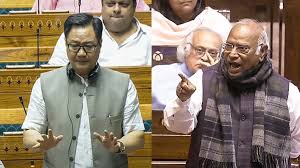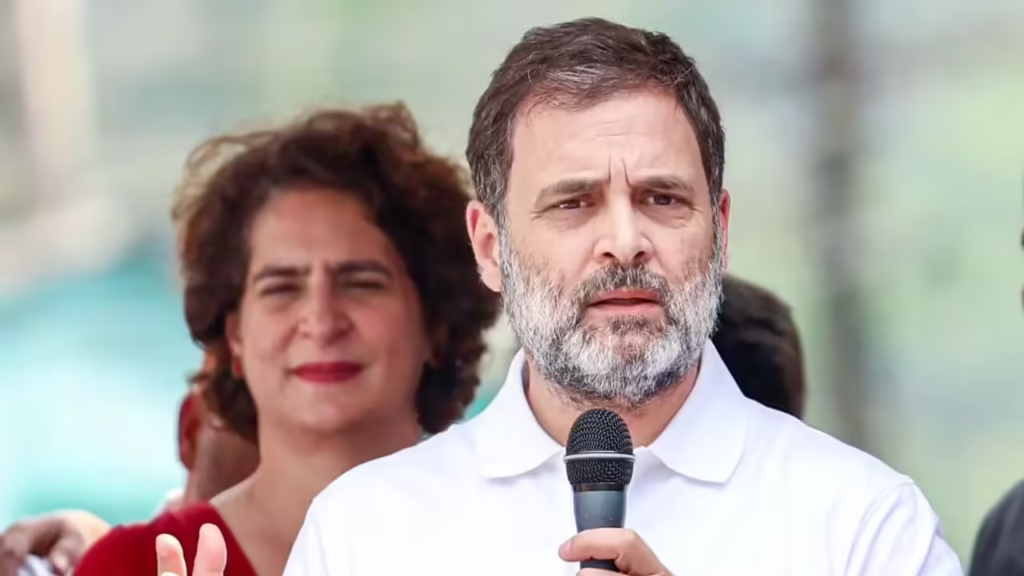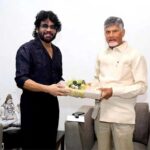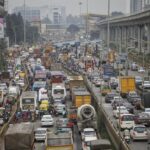Now Reading: Indian Concerns Over Trump’s Tariff Plan Spark Political Reactions in US
-
01
Indian Concerns Over Trump’s Tariff Plan Spark Political Reactions in US
Indian Concerns Over Trump’s Tariff Plan Spark Political Reactions in US
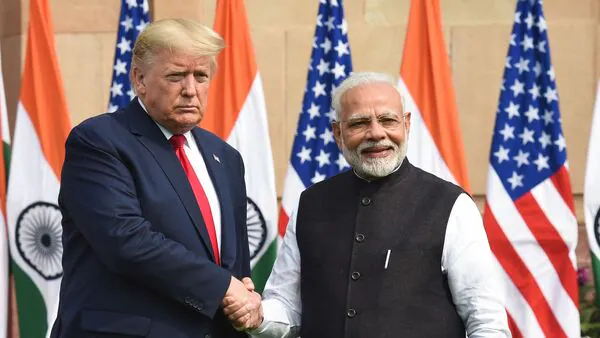
As Donald Trump hints at steep tariffs if re-elected, a sharp political response has emerged in the US—particularly from anti-H-1B visa voices. A recent statement by Republican leader Ron Hira, known for his criticism of the H-1B visa system, has reignited debate on how India may be impacted if Trump returns to the White House in 2025.
What’s Triggering This Tariff Talk
During his campaign trail, Donald Trump has floated the idea of imposing a 10% universal tariff on all imports into the US. While this is framed as a move to revive American manufacturing, it has stirred unease in global trade circles—including India, which exports everything from pharmaceuticals to IT services to the US.
The concern here isn’t just about economics. It’s also about how such a move would signal a broader shift in US-India trade dynamics, especially at a time when both nations are working to deepen strategic and commercial ties.
Ron Hira’s Remarks and What They Suggest
Ron Hira, a long-time critic of the H-1B visa program, took a dig at India’s reaction to Trump’s tariff talk. His remark—“So India is finally finding out”—was a direct reference to what he sees as India’s overdependence on the H-1B system and US market access.
While Hira does not represent the mainstream Republican view, his stance reflects a segment of the political right in the US that sees outsourcing and visa-based tech hiring as threats to American workers. For Indian IT firms and professionals, this signals a continued challenge in navigating US policies.
Why Tier 2 India Is Watching This Closely
Smaller cities in India, such as Nagpur, Surat, and Coimbatore, have become hubs for outsourcing and remote tech talent. A significant portion of their economy connects back to the US—through freelancing, software services, or supply chains linked to American businesses.
Trump’s proposed tariff and the renewed focus on visa restrictions could indirectly affect job pipelines, project outsourcing, and client confidence in Indian service providers operating from these cities.
The Bigger Picture: Trade, Politics, and Perception
India and the US have been building momentum on multiple fronts—from defence to digital. But if a second Trump presidency leads to protectionist policies, it could force India to rework its strategy.
At the same time, the Indian government may also use this as a moment to push for more self-reliance in manufacturing and IT, reducing dependence on single markets like the US.
Conclusion
Trump’s tariff proposal has kicked off more than just an economic debate—it’s opened the door for political voices like Ron Hira to spotlight long-standing concerns. For India, especially its growing network of Tier 2 city professionals and exporters, this is a moment to watch closely. Because global politics, even when thousands of miles away, often lands squarely at India’s doorstep.









